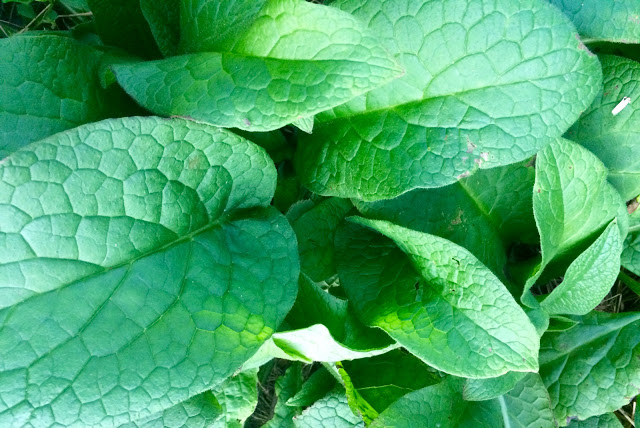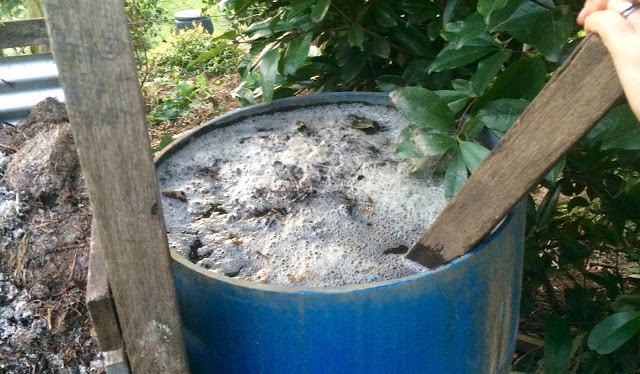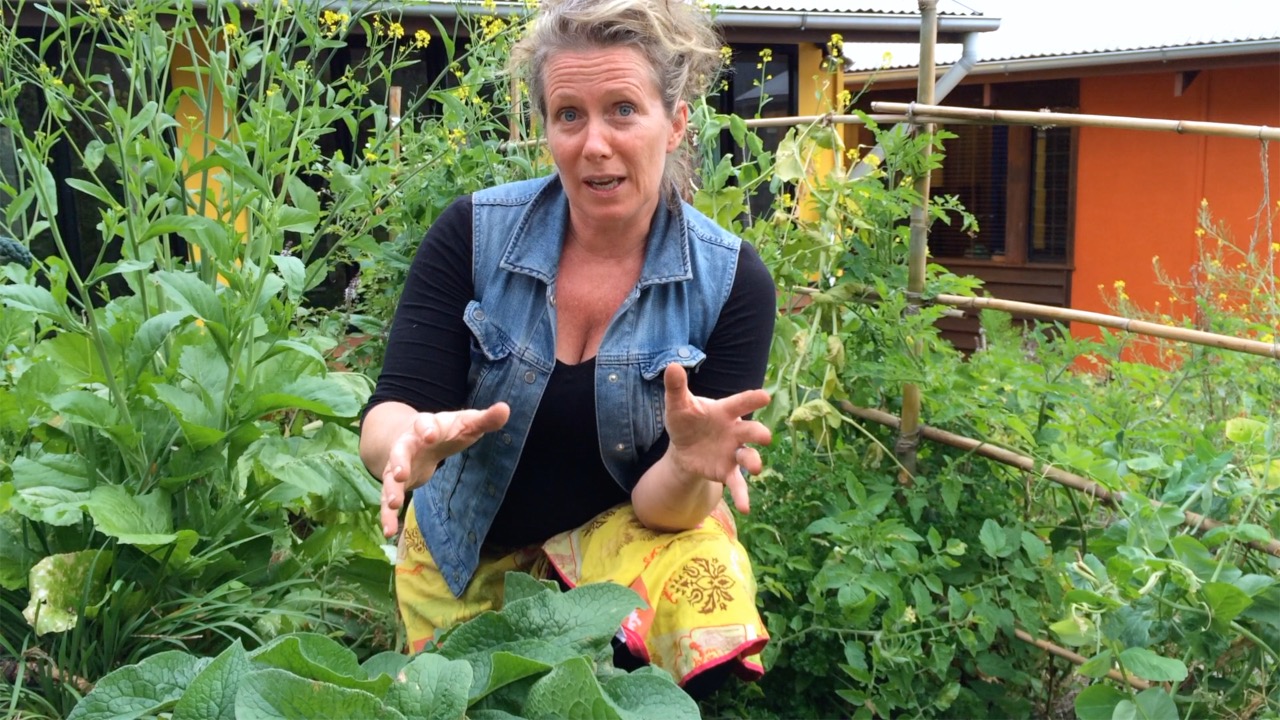How To Become More Self-Sufficient Without Starting a Full-Blown Farm…
Want to start preserving your harvest, making your own soap, or building a backyard root cellar — but not sure where to begin? “Homesteading Advice” gives you instant lifetime access to 35+ practical homesteading books on food preservation, veggie gardening, DIY natural cleaning products (save over $250 per year with this skill alone), brewing, off-grid energy, and a whole lot more…
Click Here To Check It Out Now!
Making a simple liquid fertiliser at home is a great way to maintain the fertility of the soil and directly feed the plants with a natural fertiliser that has readily accessible nutrients – easy for the plants to integrate.
My favourite brew is comfrey tea. Comfrey is a well-balanced natural fertiliser that really helps to boost plant health and vitality. All you need is comfrey, water and a bucket with a lid – that’s it…

Simple Comfrey Tea Method…
This is the simplest method I know to make comfrey tea. I have a large barrel of it at home and encourage each of the community gardens and school gardens I work with to have one too.
- Harvest comfrey leaves and roughly chop (the smaller the piece, the more surface area and the more quickly the leaves break down)
- Place comfrey leaves in a large bucket or barrel with a fitted lid (often I use a large plastic garbage bin).
- Add water – just enough to cover the leaves (may need to put rock on leaves to keep under water).
- Stir regularly over next 6 weeks (keep a stake near the barrel).
- Water vegetables every week or two with this brew . I simply scoop a bucket in and fill a watering can with one part of comfrey tea to 10 parts of water.
Bubbling Liquid Fertiliser…
When you first make the tea, you will notice that after a couple of days, bubbles will appear when you give it a stir indicating that the leaves are beginning to ferment. After a few weeks it can be used, but I prefer to leave it for six weeks before spreading it out – it will be stronger and will go further.
As different seasons and climatic regions have different timings for the fermentation of the leaves, I usually look instead at the change in colour – I like to wait for it to turns from a yellow/green colour to a brown colour.
The key thing to know is that at the initial bubbly stage, the brew really stinks! It is important – no, imperative – to have a tight-fitting lid. Both you and your neighbours will appreciate this. Don’t worry, after the fermentation stops the smell diminishes.

Using A Bag…
Some people suggest putting the comfrey leaves in a hessian bag, stocking or something else that is permeable. This is particularly useful if you want to have a tap at the bottom – it prevents the tap from becoming clogged, although you could also install the tap several inches from the bottom (above the sludge line). Since I scoop my comfrey tea from the top I don’t worry about the bag.
Adding Weeds & Other Ingredients…
In addition to comfrey there are many leaves from the garden that are beneficial to add for example yarrow, nettle and chickweed. I most often add weeds from the garden – plants with seeds I do not want to add to the compost.
I love making all sorts of composts, but I am not a master composter who ensures my compost stays above 55 degrees celsius (130F), so it is likely that the seeds will still be viable and as the compost is spread out, the seeds will be redistributed through the garden. In the liquid fertiliser however, the fermentation process breaks down the seed, and the weed plant has been turned from a being part of the problem into being part of the solution.
Using The Comfrey Tea Sludge…
As the comfrey liquid is drained off, an accumulation of leaf sludge remains at the bottom of the barrel. This is a great resource – for example, it is a compost activator, can be added as a soil activator in a no-dig garden, or dug into a trench below potatoes.
Check out Our Permaculture Life for more great advice like this from Morag.
If you like this idea, be sure to share it with your friends and inspire someone you know. Anything becomes possible with just a little inspiration…

